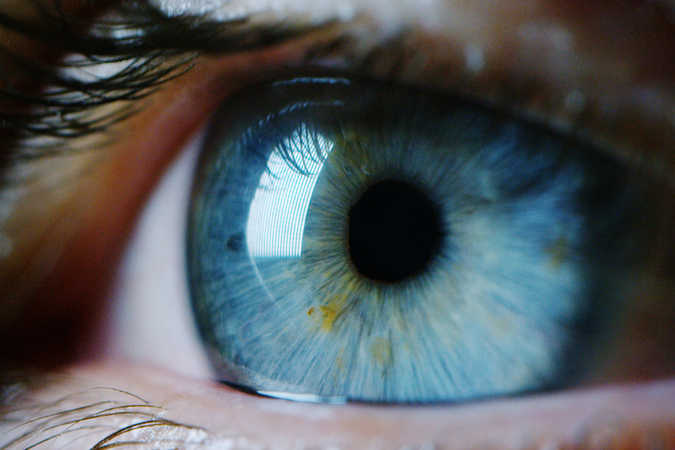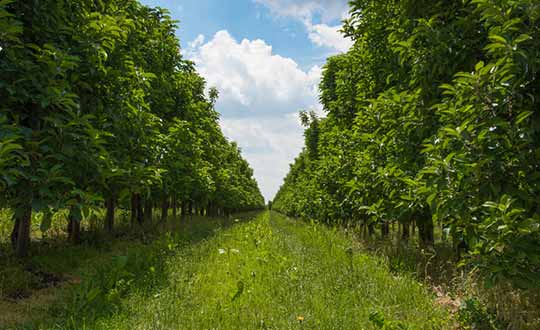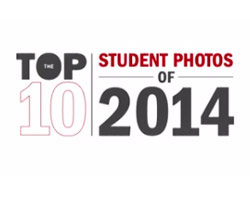Many photographers are under the impression that you can’t take close-up macrophotography shots if you don’t own a macrophotography lens. That is simply not the case. If you’re an aspiring professional or even just a hobbyist looking to expand your portfolio and dabble in different genres of work, a lack of gear doesn’t have to mean that macro work is off the table for you.
Macrophotography lenses can be expensive. For an amateur who isn’t necessarily looking to specialize but might want to experiment with this close-up work, it can be hard to rationalize spending so much money on such niche gear. Luckily, there is a simple trick you can employ if you’re interested in taking extreme close-ups but you don’t have access to specialized lenses and camera gear.
How to Take Close-Ups With No Macro Lens
To achieve a great close-up shot, all you need to do is turn your regular lens around. When you reverse the lens on your camera body, your focusing distance becomes much closer and you’re given much stronger magnification when composing your shot.
Instead of reversing, some photographers prefer to just shoot this type of shot without a lens physically attached to their device, opting to “free lens” instead. To do this, you will need to hold your lens in front of the camera instead of attaching it as you normally would.
For greater accuracy and to reduce the risk you run of light streaking, it’s safer to use a piece of gear called a reversing ring to somewhat attach the lens to your camera. That way your second hand (that otherwise would’ve had to hold that lens in place) is free to make adjustments as you compose your shot.
What Camera Should You Use for Macrophotography?
There are some cameras that are better for macrophotography. Basic point and shoot cameras can work if that’s all you have access to, although most macro photographers opt for a single-lens reflex camera.
However, part of the reason they make that choice is because the single-lens reflex allows you to attach lenses specific to macrophotography shooting. So again, if you don’t have those lenses, you have much more freedom here to work with whatever camera you have access to.
What Camera Settings Should You Start With?
Generally, the best camera settings to use for macrophotography are ones that keep a shallow depth of field. Getting started, try an aperture between f/5.6 and f/11. Settings like these will help make sure every intricate detail of your subject is kept in super sharp focus, while possibly adding a nice gentle blur to the background.
Want to Learn More?
If you’re interested in learning how to take better photos, you should browse the online course offerings at the New York Institute of Photography. Depending on what niche subjects you’re interested in, you can delve into anything from wedding and event photography to nature and landscape work.
Not only that, all of NYIP’s courses are entirely online and self-paced, meaning you don’t have any obligation to show up to classes at a certain date, or submit your photo projects by a given deadline. You can work on weekends, a few days a month- whenever you want to login and spend some time learning how to be a better photographer. Click here now for more information on how you can get started.







